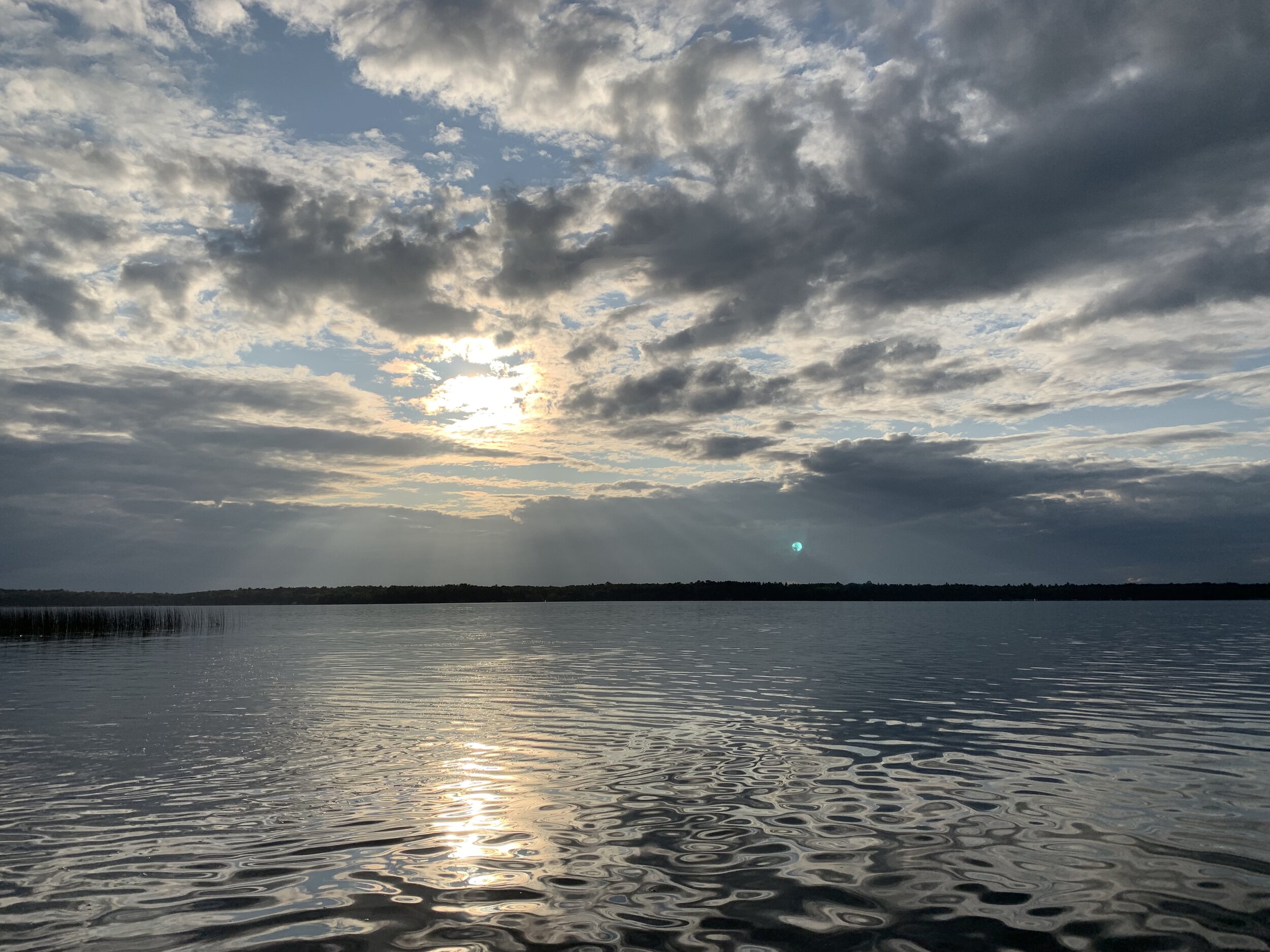
Invasive Species
The Minnesota Aquatic Invasive Species Research Center (MAISRC) has this useful Identification Guide for AIS.
Watercraft Inspection Program and Watercraft Decontamination Program
The MN DNR manages the Watercraft Inspection Program that inspects our boats at the ramp and provides education to people entering the lake regarding the threat of aquatic invasive species (AIS). They also have launched a Watercraft Decontamination Program, which uses portable, self contained, high pressure, high heat wash units that allows them to decontaminate watercraft at the public water access points without allowing any of the wash water to run off. Use the links below to learn about these programs and to see where there will be a portable unit near you on any given date!
photo courtesy of MN DNR
Starry Stonewort
Starry stonewort was discovered on Middle Cullen Lake in the spring of 2024. We consider this to be or urgent importance, and we encourage diligence in cleaning, draining and decontaminating any watercraft that has been in any lake other than Lake Hubert.
Curly Leaf Pondweed
The Lake Hubert Conservation Association received a permit to treat Curly Leaf Pondweed in May of 2021, and we have received another permit to treat 3 acres in the northeast corner of the lake again in the spring of 2024. An EPA approved endothall-based herbicide is used for these treatments.
Three delineation surveys were completed in the spring of 2022 and very little remaining evidence of this invasive aquatic plant was found. In 2023 the small area in the northeast lake was identified for treatment in 2024, as noted above.
Curly Leaf Pondweed is an invasive water plant which, if left untreated, can become a problem in our lake. It will likely be treated every 3-5 years in the future.
Zebra Mussels
Photo credit: https://www.dnr.state.mn.us
Zebra mussels were first identified in Lake Hubert in 2015. There may be evidence that zebra mussel populations stabilize and possibly decrease after several years. There is no treatment, but there is much research ongoing at the U of M, and once a treatment is available, we hope to use our saved funds to get rid of this pest!



